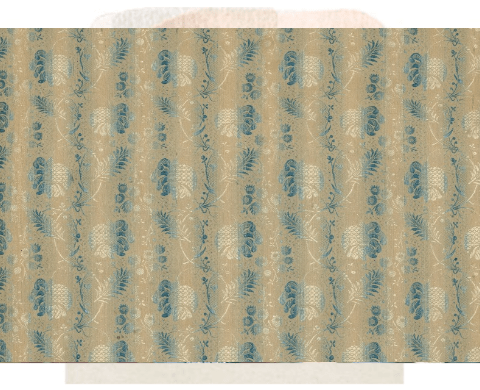The fluctuating mind also becomes calm by practicing the expulsion and retention of breath. The news came utterly unexpected: someone close to me had died very suddenly. I couldn’t breathe as the tears flowed and emotions of shock, grief, and disbelief overcame me. A good friend and yogi, without saying a word, embraced me. Holding me tight he began to breathe in a slow, steady and deep rhythmic pattern. I began to follow along and before long my mind had calmed.
We have probably all been in situations where our breath reflected clearly our state of mind, for example reflecting anger with short puffs of breath, sadness with sobs of breath, nervousness with short, quick shallow breaths, or any other myriad emotions. Patanjali is reminding us in this sutra that one of many techniques we can use to calm the ups and downs of our thoughts and feelings is by practicing conscious breathing. In other words by changing your pattern of breathing you can influence neural activity in the brain and nervous system. When our thoughts have calmed we can embody receptivity and access clarity.
In Jivamukti Yoga vinyasa classes we are reminded to use ujjayi breathing continuously (generally a 4 count inhale followed by a 4 count exhale, through the nose, with a slight whispering sound generated near the vocal cords, repeated consistently throughout the class.) No matter what asanas we are practicing, whether it’s the easiest or the hardest we have ever attempted, the breath remains a calm pattern of inhale and exhale. This is training and practice for the outside world where we may need to activate this type of breathing in times of stress to remain calm, and thus remove habits of dysfunctional breathing that may ultimately contribute to fatigue, lack of clarity or disorder.
Breathing is part of the autonomic nervous system, that is, we just do it without having to think about it. But breathing can also be taken into the realm of conscious action. Conscious breathing is a bridge between the physical body and the subtle body. Pranayama, referred to in YS 1.34 and further explained as one of the 8 limbs of Patanjali Yoga (see YS 2.29), is an ancient Indic discipline developed by early Yoga practitioners and involves refining aspects of conscious breathing to access desired mental or emotional states. Pranayama techniques enhance our prana (life-force), fine tuning our nervous system by, at various practices, holding the breath either internally or externally. Pranayama is sometimes defined as the lengthening, expanding, enhancing or directing of prana. There are pranayama practices outlined in the Hatha Yoga Pradipika, Gheranda Samhita and Shiva Samhit among others and there are many, many ways that these practices are taught, depending on teachers and lineage. Start with simple straightforward techniques and give yourself time with them to see how they progress. One key element when practicing pranayama is to be in a state that is sthira (steady) and sukham (pleasant). If there is ever pushing, strain or anxiety coming you have gone further than is needed. Take a break and come back to it another day.
Yoga practices offer us a chance to become balanced humans, to bring to our consciousness aspects of ourselves that were shrouded in our unconscious, to let go of the striving and stress associated with modern times and chaotic thinking. Consciously breathing offers one way to calm the craziness within. “Where the mind is stilled, there the breath is suspended. Where the breath is suspended, there the mind is stilled.” Hatha Yoga Pradipika 4.23


